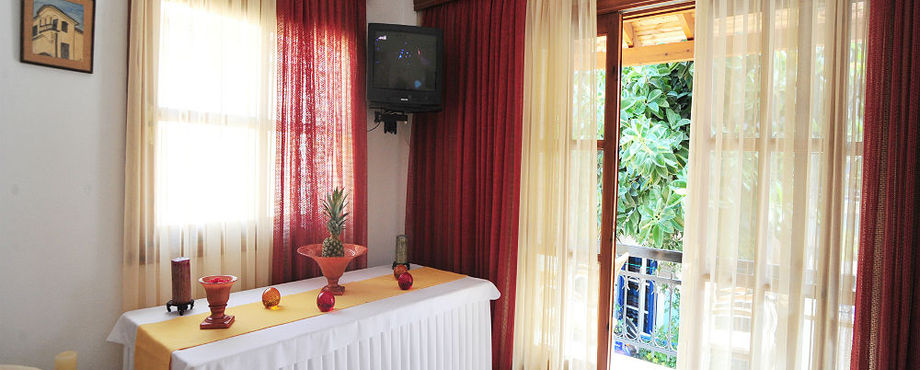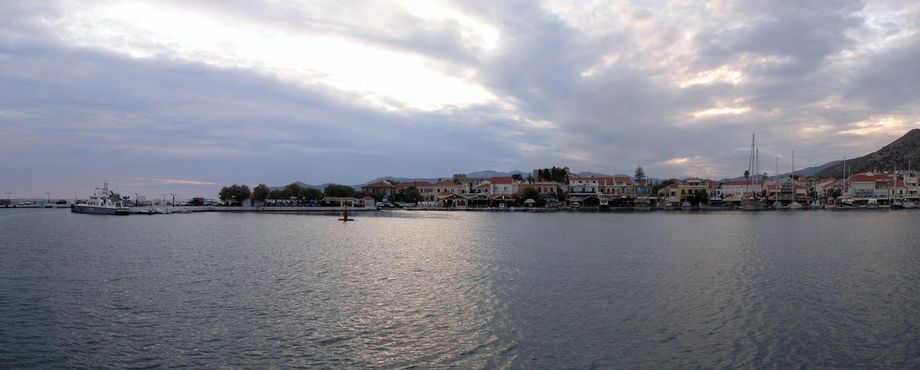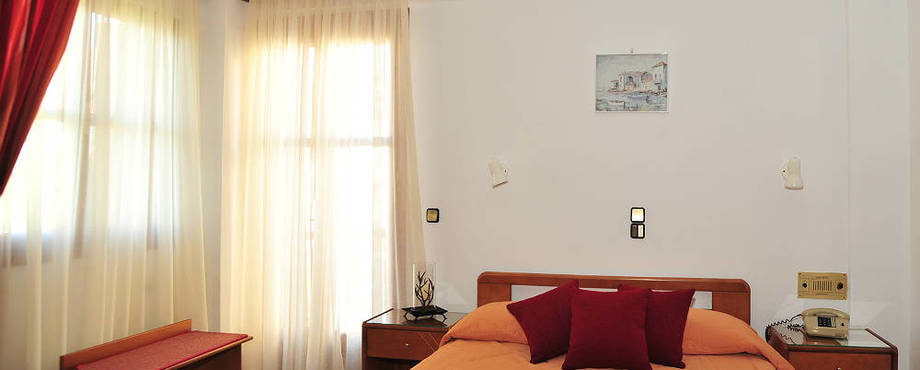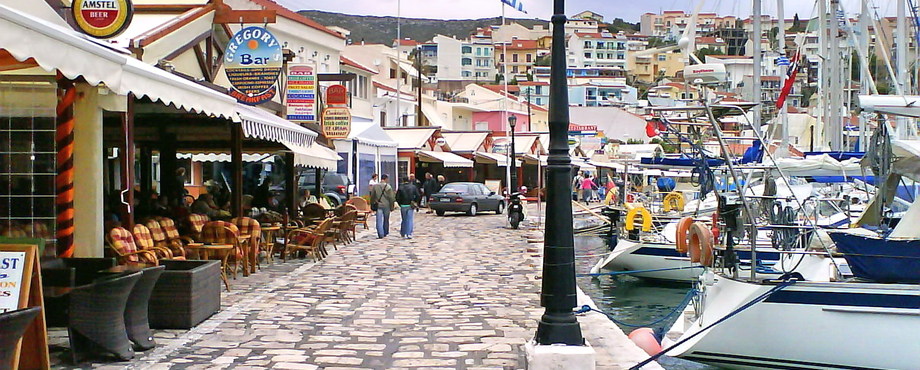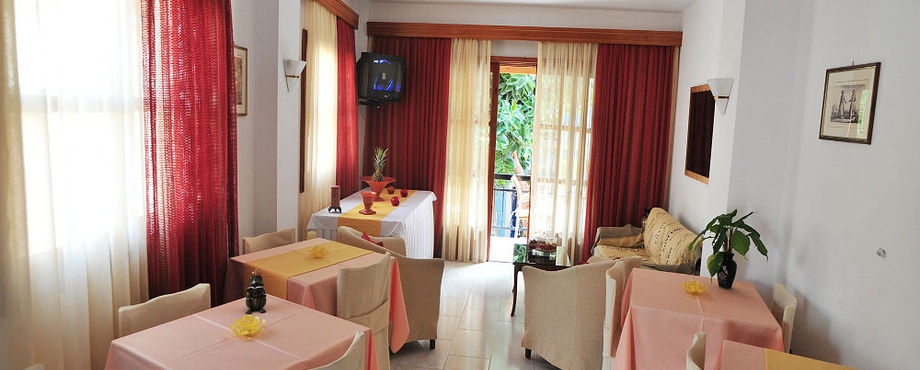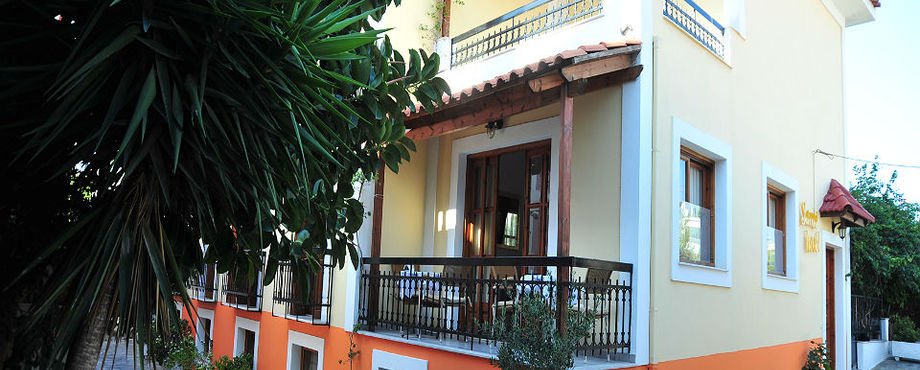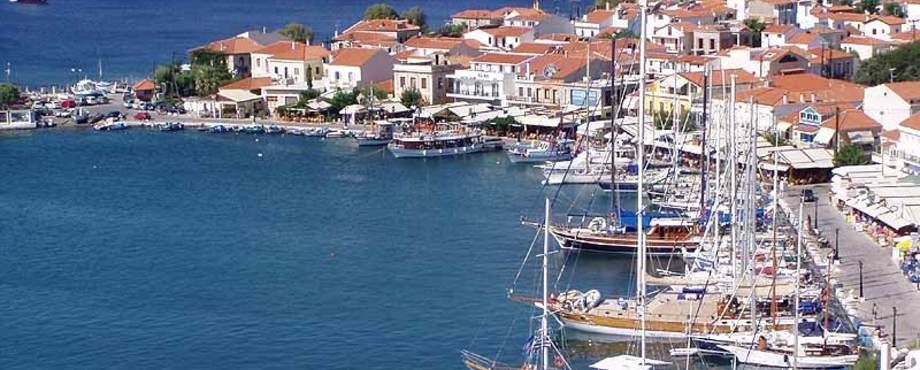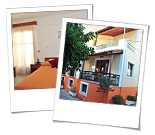Activities
The important museums, the variety of artistic exhibitions (of Painting, of Photography etc) and other events as international Congresses and Conferences of Philosophy, Sciences, New Technologies, Archaeology etc, along with the Theater and Music Festivals, make Pythagorio a pole of attraction for many visitors throughout the year. There is also a lot of sightseeing: you may see the statue of Pythagoras dominating the port, the old Byzantine castle partly enforced during the National Greek Revolution of 1821. There is also the castle- like residence of Lykourgos Logothetis, the leader of the Revolution on the island, with the church of Metamorfosis (the Transfiguration of Jesus Christ) beside it; the church was constructed in 1831 to complete the vow made by Logothetis and the rest of the leaders on the occasion of the decisive victory of the Greeks at the sea battle of Mykali, that took place in August 1824. Adjacent to the church of Metamorfosis is the Early Christian basilica of the castle, constructed in the 6th century A.D, using the building material taken from two luxurious villas of the Hellenistic Period.
The Roman era of the time is represented by the “Thermes”, the public roman baths. But the most important remains, indicating very clearly the importance and prosperity of the ancient town of Samos, are those coming from the Classic and Archaic periods. From this period the visitor can see the ancient walls partly preserved, the mole of Polycrates (dated in circa 530 b.C.) at the well protected and fortified ancient port, the Agora, the sanctuaries of Aphrodite (Venus), of Artemis (Diana), of Dimitra (Demeter) and of the Nymphes; you will also see the Stadium, the Palestra, the Gymnasium, the pottery and metalwork workshops, numerous private houses and graves. Also, you should not miss to see the ancient theater, constructed in the 4th century b.C., partly preserved today.
In short distance from the town you may see the Holy Monastery of Panaghia Spiliani, dedicated to Virgin Mary; the monastery is situated on a low hill, with excellent view of Pythagorio. On your way to the monastery you will see a villa of the Hellenistic period. At the site of “Tria Dontia” (“three teeth" in Greek), close to the ancient stadium, by the sea, the visitor can see the ruins of an Early Christian basilica, dated in the 5th century. Also, very close to the town two small lakes, Mikri (“small”) and Megali (“big”) Glyfada form a nice environment, certainly worth seeing. Finally, don’t miss to visit the neighboring coastal tourist resort of Potokaki, a pole of attraction for numerous visitors.
But, once at Pythagorio, the sightseeing par excellence of the area and of the whole island is the “Eupalinion Orygma”, that is to say the ancient aqueduct, constructed in the Archaic period and considered as one of the most important technical achievements of ancient times worldwide.
Pythagorio has an interesting Archaeological Museum, with important collections and finds from excavations carried out on the island; there is also a small Folk Museum, housed in the building of an old hotel.
Swimming is possible at the beach in front of the town, as well as at the near by beaches of Potokaki and Mykali.
A series of cultural events and feasts take place in the town, especially in summer. On July, you may attend the local Feast of the Fishermen, a very popular event, which attracts many people. During the period of summer there is the Festival “Manolis Kalomiris”, with a variety of cultural and educational activities. On the 5th and 6th of August you may attend the feast in honor of the victory of the sea battle of Mykali, which took place on the 6th of August 1824. The Festival of Mediterranean Documentary Films takes place here in September. Finally, the religious locals organize great local religious feasts (“panighyri”) in honor of the Transfiguration of Christ, on the 6th of August and in honor of the Presentation of Virgin Mary on the 21st of November.

